Christina Hagopian is the founder , president, and creative director of Hagopian Ink, a branding agency in New York City. Our professional relationship has spanned almost 20 years and over that period I have seen her business grow and flourish. She recently shared a desire to evolve things a bit. I was eager to know more. I am pleased to share my conversation with Christina.
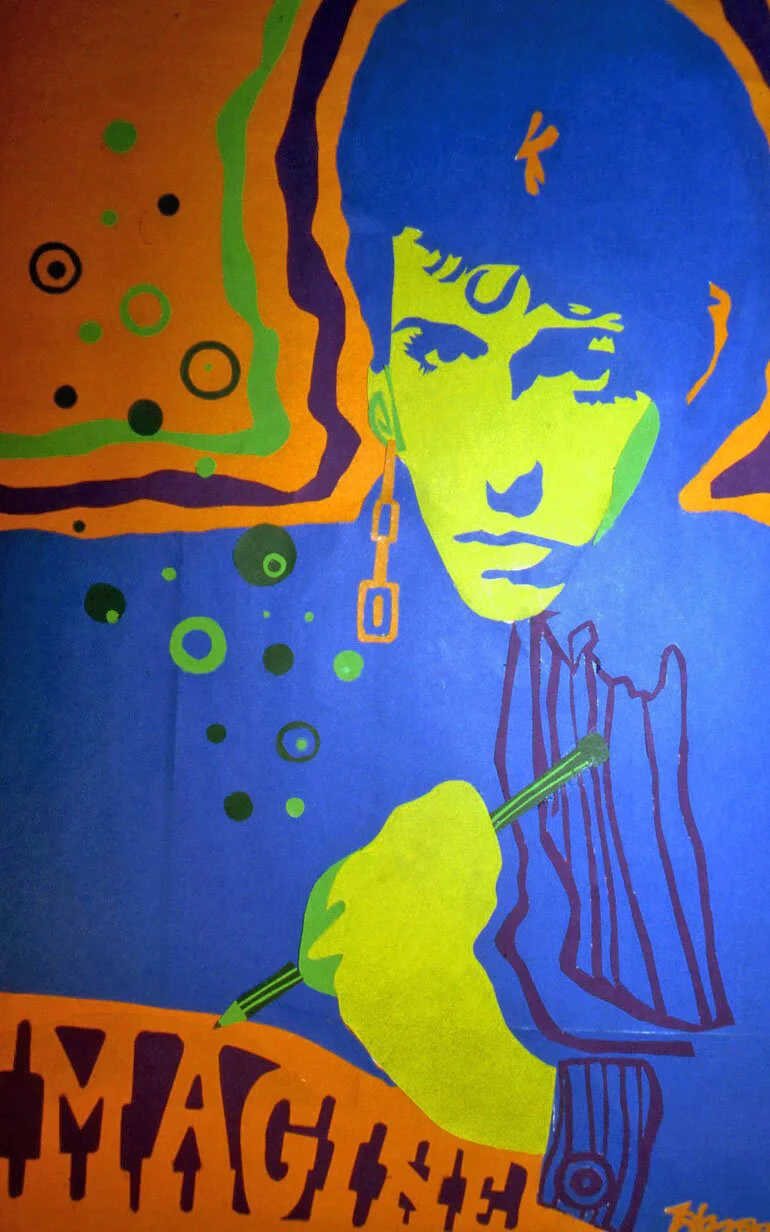
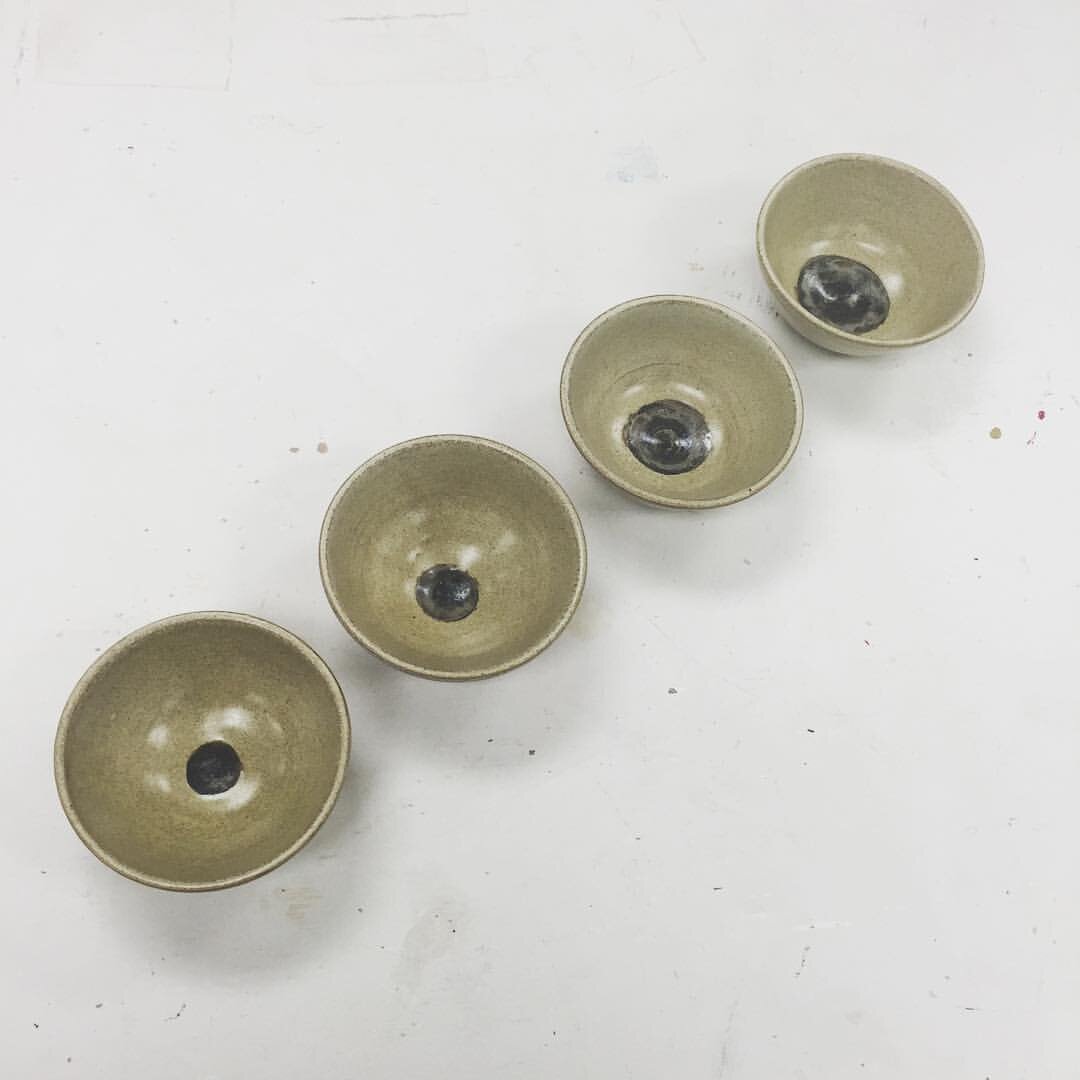
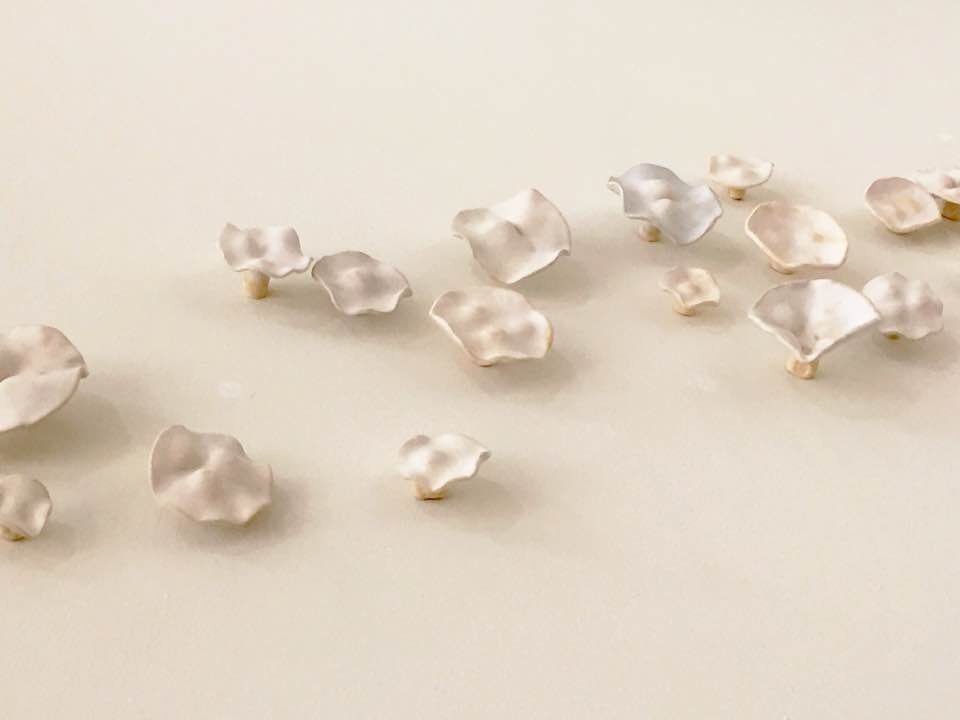
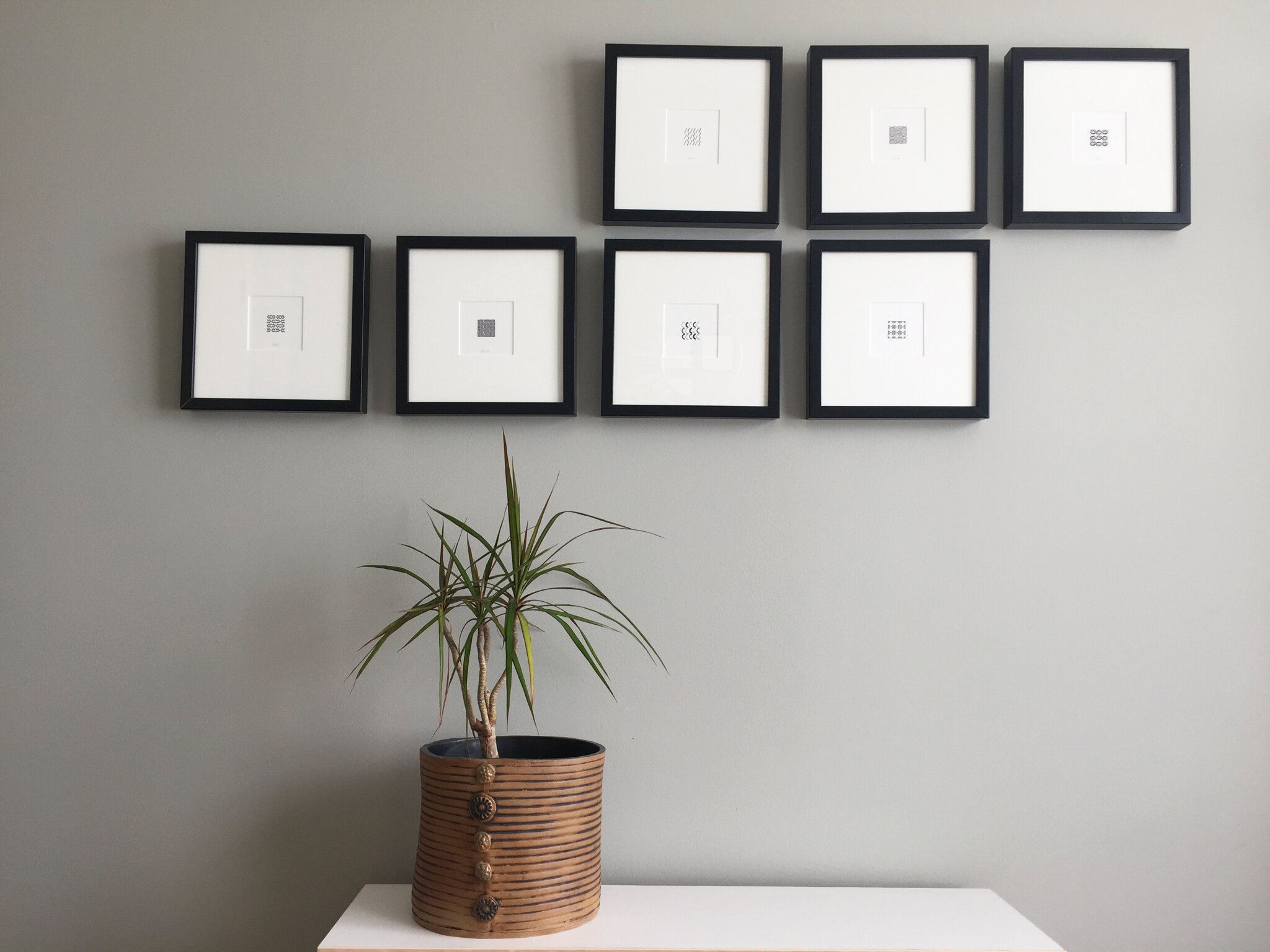
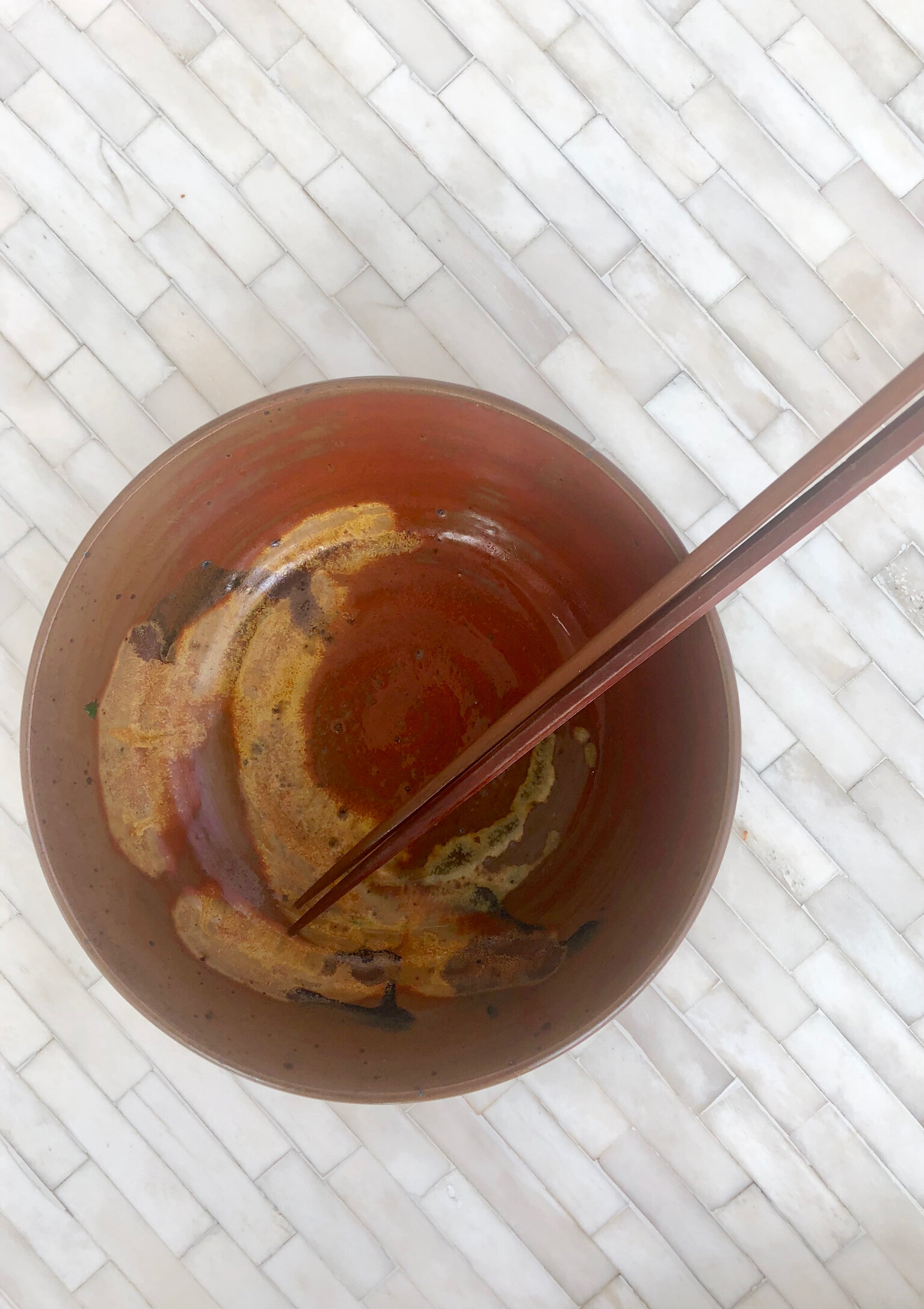
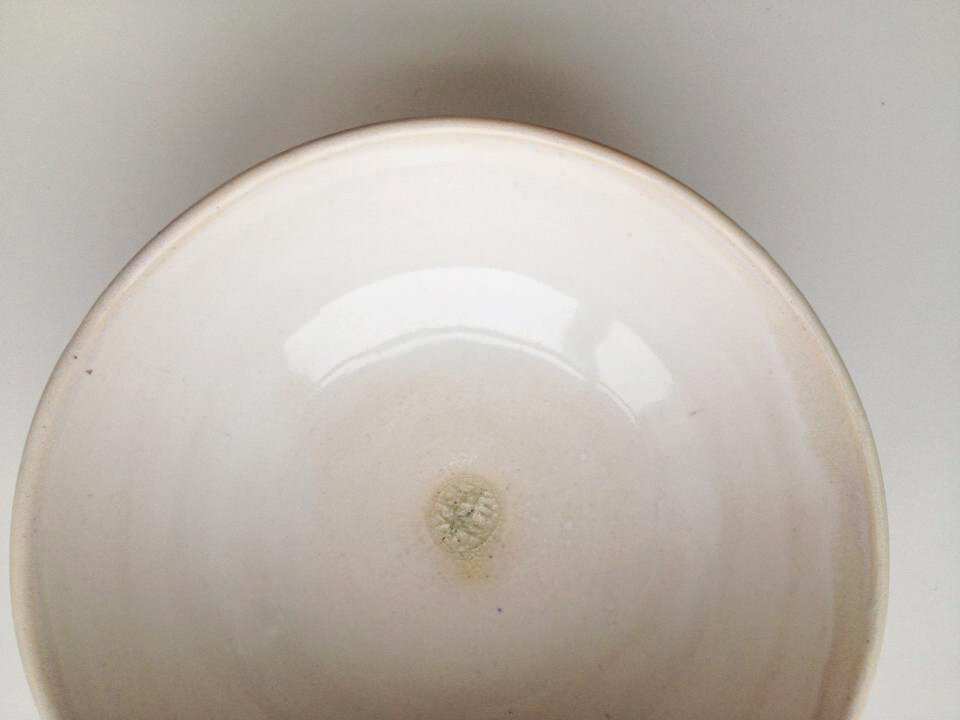
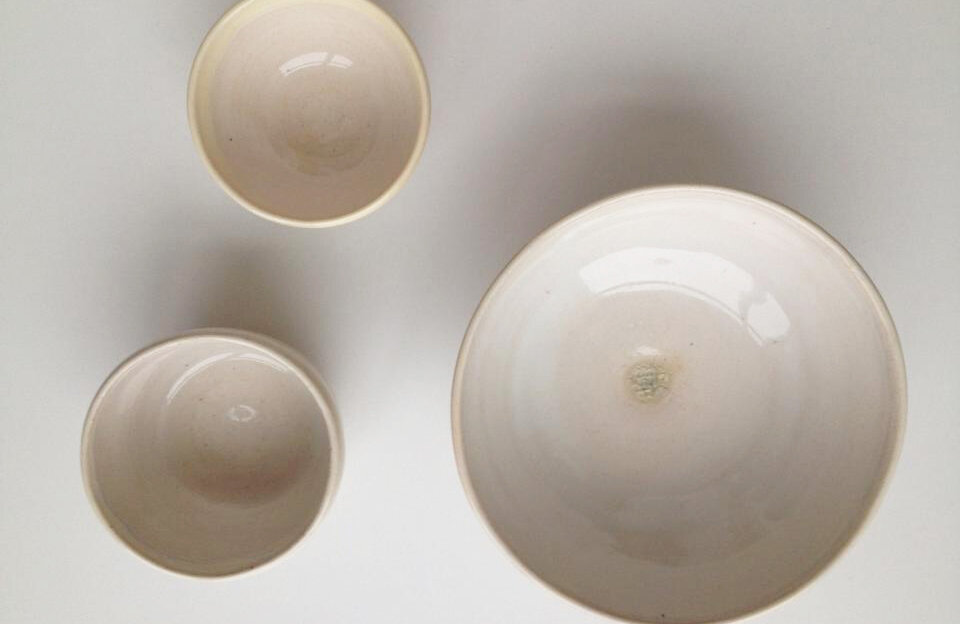
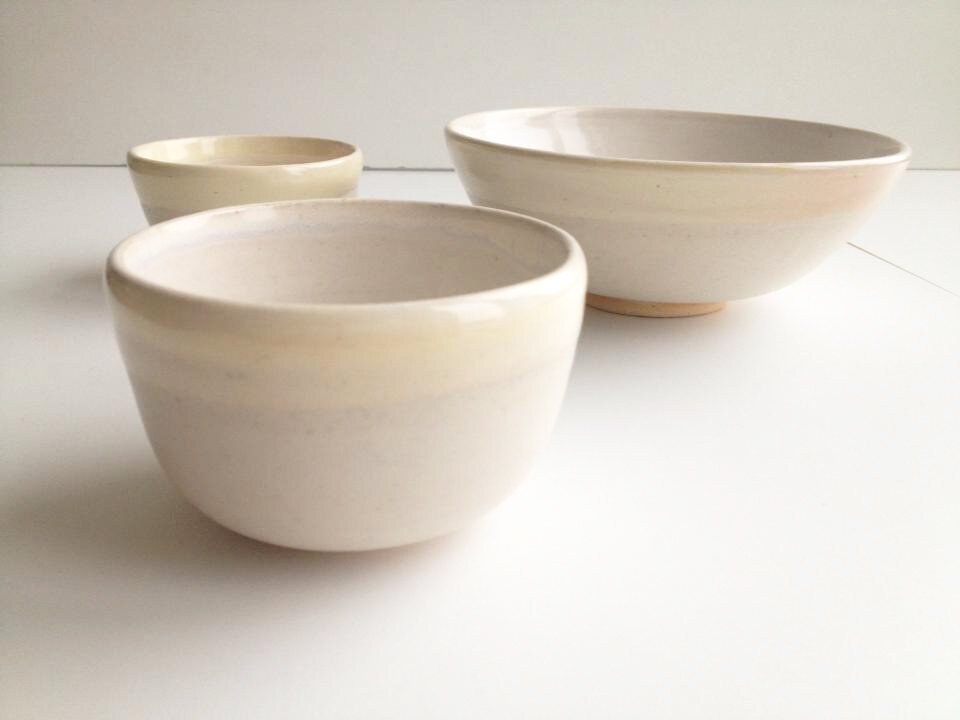

Ricky McEachern (00:25): Christina Hagopian is founder, president and creative director of Hagopina Ink, a branding agency in New York city. Our professional relationship has spanned almost 20 years and over that period I've seen her business grow and flourish. She recently shared a desire to evolve things a bit and I was eager to know more. I am pleased to share my conversation with Christina. You have obviously created a very successful business over the past. I guess 20 years
Christina Hagopian (00:58): I'm on year 17. So there's been many evolutions. It started out as me alone as the sole designer and then grew exponentially much to my dismay and thrill. And now we're in a new chapter
Ricky McEachern (01:16): So you are looking to make a change. And to extend, expand, shift you tell me what the word is and just tell me a little bit about what your, what's going on in your head.
Christina Hagopian (01:29): I'm trying to think of it as not as doing something different, but as the next phase, it's using all of the skills that I've culminated over the last 20 years of career and 17 years of the business. It's, it's funny because as the world is pausing, this has been brewing for a long time. I thought when I first started my business, the whole concept of having being a business owner versus an employee was that I would have time to create my own work and have a, but with art and design arm to it. I used to call my Fridays inspiration Fridays and go to art galleries and do all these things. But as time moved forward and I was creating cards and you know, all these little side projects, as the business became more successful, I had less time for all of those things. And that was always a goal of mine to have both.
Christina Hagopian (02:34): And what you realize is you can only be, you can only have your attention on so many things in one day and where do you want to feed it? So after 20 years of feeding this beast, I want to kind of go back to my roots of, of the, the real creation and the act of creation, which was always why I fell in love with design to begin with. So that's this next evolution is heading and wanting to create something for myself and my own brand. I've spent my entire business helping other brands launch and now it's time to kind of reinvent and expand.
Ricky McEachern (03:14): So were you surprised that you were not able to have the time to do the creation of your own stuff? Wait, when did you realize, Oh, I actually am not going to be able to fulfill that part of this goal?
Christina Hagopian (03:31): It's kind of like a wave that I was taken on. Right. I was swept in it and I absolutely loved it and you know, was enjoying this ride. It wasn't a conscious decision and it wasn't it where the, if the business just got so much bigger where I wasn't even designing a lot anymore, I was creative directing and overseeing all of the design. But I had to oversee the business and bring on more designers. So that just changed the dynamic of, of everything. So now I want to go back to being the creator.
Ricky McEachern (04:05): So tell me about being a creator and when did that start for you? Were you an artsy kid? Was that something that was part of your childhood? I know most kids, we take art class in elementary school, so that's always, you know, something that is, you know, everyone is exposed to. But when did it start to take hold or when did it activate your brain in a way that was maybe different from others?
Christina Hagopian (04:35): I was very multifaceted as a child. I was a swimmer, I was a studious student. I was, you know, curious. But I did always have this creative side. My mother being the single mother of three kids saw each of us and really nurtured our strengths. So she saw that I had this strength and would put me in art classes and ceramic classes and you know, community programs and anything that she saw that I might be interested in. And I, I did really thrive in it. I do think that my path to a design career, I've, I've mentioned this multiple times where I had a specific junior high school teacher and, and high school teacher that saw it and guided me.
Ricky McEachern (05:28): And what was it? What was their name?
Christina Hagopian (05:32): Mrs. Sandra Hammond. She actually just passed away of ovarian cancer last year actually this year after a long battle. And but I visited her many times during my adult life to thank her. She was the one that handed me a pamphlet or the Carnegie Mellon design program and said, Christine, I really think you should look into this. It really, this combination of both art and design and science where I think you would thrive. And I took a summer program there in between my junior and senior year on that really launched my entire adult existence. So my career, which she was the one that saw a design side of my art, my art already. I was creating, in high school, I was creating like I was a yearbook or doing covers of albums or swimming team, t-shirt designs, and she saw that and nurtured it and, and really fostered it and gave me a path to how I could create a career. And this was a time in life where no one was making money as a designer, you know, free web. This was 1993. There was no internet to make money as a designer. So this was a true leap of faith. Ricky McEachern (06:54): Yeah. What where did you grow up?
Christina Hagopian (06:56): Northern Virginia, right outside of DC. In Fairfax.
Ricky McEachern (06:59): Okay. So you grew up in a like a suburb
Christina Hagopian (06:59): yes
Ricky McEachern (07:03): So you were not out in the country. So this, this story where there was a teacher, you know, a single teacher that sort of changed your path is something that I hear all the time on this podcast. Cristina. That's why I asked the name because everyone usually just rattles off this person's name.
Christina Hagopian (07:21): I mean, I get goosebumps, you know, thinking about, well, what if I hadn't had her? Like, what would I have been? What would, what would my life have been like? You know?
Ricky McEachern (07:32): Yeah. That's, that's why I think teachers are so important because you never know what kind of impact they're going to have. You know? I mean, you could have, if you didn't keep in touch with her, you could have moved on with your life. And she may have never known.
Christina Hagopian (07:49): She found me. She found me. He found me on Facebook a few years ago and, and said, she said, Oh, it was almost like this moment of like, this is your life where she was like sending me old drawings and paintings that I had done in printmaking pieces. And you know, where she said, I always knew that this is, you would thrive and I'm S I'm not surprised you have your own business. It was almost like this like window into the future. And then to the past, it was a credible relationship that I'm so grateful I had. And I don't know if I could have express my gratitude enough to her
Ricky McEachern (08:33): Creativity. Spark your brain, activated your brain. It resonated with something about you. So much so that like people on the outside were observing this. So now you're looking to reintegrate that into your life. In a way that you're creating your stuff in your current business. You're using your skills and your business skills in some of your creativity to solve business problems in a sense for other people. Now you're doing, you know, now with this looking to add on these new activities, it's going to be creating stuff. So describe that. Like what is it that you have that process of what you want to be doing?
Christina Hagopian (09:15): Well, I have a couple of big ideas brewing and they are both design and product related. I've always had this desire to create a line of products that I've created. What, you know, I've dabbled in them when I, I do self promotion for the business, whether that's thank you cards or a gifting, different personalized thank you use for our clients every year. So this would be an extension of that. But much more fine art rooted, whether that is fine printing or find ceramics that I've been creating for several years. So there's a different aspect to it. The act of creation will be much more personal
Ricky McEachern (10:05): Personal meaning made by you or it's going to be personalized to the Rosette Sipion Christina Hagopian (10:09): Made by me or, or designed the structure in which it's going to be gifted will be made by me. Everything from the packaging and the branding and the logos and the, all the things that I've been doing in my life, the, the, the way that it's delivered will be very high crafted now it's finding the right audience price point and all the business side of my head that I have to kind of like try not to squash the creative process. Knowing how, like I've mentioned to you, there's, there's challenges to launch a brand and challenges to launch a product line or challenges to create a art based business. So how do I monetize that without killing the creative process?
Ricky McEachern (10:55): Yeah. I know we were talking about this before we started recording. Yeah, that's, that's tricky because there is a lot of this stuff around the business that kind of uses a different part of your brain and then there is the creating these fine art artifacts which is uses a different part. You know, another part of your brain I assume. And sometimes I know for me it's very difficult to switch back and forth. So how are you, so you have a lot of stuff to figure out. It's not even just really solving a problem. You need to figure out the path, the plan, the strategy, all of this stuff. How do you figure out those big ideas? Do you go to the beach and go for a walk? Do you go running? Like where, how does, how does that worked for you?
Christina Hagopian (11:45): It's definitely been an evolution there. And curriculum, writing ideas, you know. Dot. Wa I think my dog or you know, just alone in the ceramic studio as I have been growing that for the last couple of years on the side, you know, in the quiet is really when I've always had all my design. I did an ideas business ideas, find the, the moments where it's the construct, subconscious and conscious kind of mixing together the quiet moments in the shower or the, you know, LA, that moment when you just wake up or lying, going to sleep. Those types of half conscious moments are when I personally get the most ideas. So I've been trying to give myself that quiet and taking on less of the business work right now to do that. And also just looking at other work out there to get my inspiration to see where is there some white space? Christina Hagopian (12:41): What is, what are other ceramicists not doing? What are other printmakers not doing? What are other fine printers not doing? So that there might be an audience that I could fill. And cause I know from my design business head is there's so much competition in one space, where can I grow the work that also feeds myself but can also serve a need in the market. So again, it's this balance of creating but creating from your heart that you want to make it. But also knowing that if it's going to be generating money that I have to think of that too. So there's so many ideas brewing that I have to funnel and kind of compartmentalize and create a process and almost a little mini business plan for it. Ricky McEachern (13:34): So that what you just described would overwhelm many people. And you know, so much where they would be like, forget it,
Christina Hagopian (13:45): Brain works,
Ricky McEachern (13:47): Watch PlayStation or go play PlayStation. But you obviously have a history of solving problems, thinking big, making it happen. It sounds like you're in a really good space.
Christina Hagopian (13:59): One thing that I have noticed about myself over the 20 years of being a designer is the more I'm on the computer and the more I'm in the day to day of the business, the less creative I've become. You know, if you're just swiping and scrolling and, and budgets and phone calls and you know, the day to day of the business, that is where my like creative soul was starting to become absorbed, right? So I always was, I was always looking for other avenues to feed the creativity, to help counter. And that's when, you know, the hobbies started coming in, the ceramic starting coming in. Let me get off the computer, let me just make something with my hands, let me cook, let me do that. I will be off of a monitor, off of a keyboard off from the scrolling. And where the creative brain can thrive and have an outlet.
Christina Hagopian (15:03): And I find that that is so important and I tell all my designers that they're, well, I don't care what it activity is to do something that you're off the computer for more hours than we are. And so this is, this next generation is to feed that is to, to really live that and see how creative now can you be Sans digital when you've spent 20 years on the digital? No. One thing I have sadly experienced is alone. A lot of my startups that have worked with me, I call them my graveyard of startups where I think that's why I'm overly cautious and overly analytical about the idea before we start is when I seen where they haven't done that market research or where they haven't done thought about what you are creating to have a place for it. They just think that if you build it today will come, you know, how will you market it? How will you find your people? Right. I mean, I think that's part of why there's a challenge of I would love to just make stuff just to make it and not need an audience. And in fact, that's partly why it's held me back for so long to not do it is I just wanted to make it and not have to worry about selling it. I just wanted to do it for the act of creation for myself.
Ricky McEachern (16:21): So, so just so I understand in your business, you've worked with a lot of startups to help them with the branding, the marketing aspects. And some of them are, many of them did not work out. So this is something that you are very much involved in. You know, the people personally, you've probably experienced their disappointment with them
Christina Hagopian (16:44): And a lot of money put to put into it. A lot of money put put into the website that they're selling it on the, the marketing efforts that they, you know, the marketing dollars placed. You know, I would love to see, well, how are other artists selling things that aren't doing any of this? You know, we've ha can you, can you create a marketplace where you don't have to think about this? So, you know, I don't necessarily want to only to be on an Etsy. Right? You know, you want to be more high level than that. So if you're going to get to that next level, how do you think about that?
Ricky McEachern (17:28): Okay. So the idea of just doing what you want to do and you know, living your passion and the money will come,
Christina Hagopian (17:37): Right. And I believe that too. I do believe that this much, and then I've seen it happen where the reality of that is not true, right? Where you, if you are good. And my, my, my uncle's favorite saying the cream always rises. Right? You know, my mom kind of beat that into me growing up too. If you're good, the work will speak for itself and there will be an audience. And I do believe in that absolutely a hundred percent, but I, there's another part of me that's the practical side of me that's also like, how do I push that along? How do I make it easier for that to happen? And, and is, that's creating the white space. It's something that no one else has. I just certain style that no one else is doing a certain, like it has to be different, right?
Christina Hagopian (18:26): It has to be unique and it has to be where you're not just filling in the noise of the marketplace. Otherwise there's a hundred other people doing it and probably doing it better. I want to be the one where they're doing. It's a little bit different. I think the one thing that I have learned over time as, as growing the design business is I've surrounded myself with other entrepreneurs, other design business owners as well as other business owners so that I can learn from their failures, their successes. I would love to talk to other artists. Just hear what are your failures? What are your successes? What worked for you, what didn't work for you? And that's just knowledge sharing that will only benefit from sharing.
Ricky McEachern (19:13): Yeah. I think that that is so important. Staying connected to other people that are experiencing similar challenges or doing similar, similar things to you. I know that as a artist, you know, a lot of times I'm just in the studio by myself and I have an order to produce the artifacts that I put out into the world. That's where I am. I'm not in an office, so in order for me to stay connected with other artists, I have to, it's, it's work. Like, I have to plan it, I have to make it a priority each week. And I would say that their results that I have had this, you know, the successes, a lot of them are due to those connections. Whether it's an idea that I've gotten from, from another artist, whether it is a lead to a new client on that happens a lot. And if I was just doing it solo on my own, it never, you know, I would not have had any successes or few successes. So I think that that is really important for people listening to this is that you really just need to stay connected.
Christina Hagopian (20:26): It's my, my business for 18 years, 17 years where I'm on ran it has run a hundred percent off of word of mouth connections, networking, marketing who we know the, the relationships and that my business, the who, what the organizations that I joined, the organizations I aligned myself. That's why I've been reaching out to anyone doing something. Similarly asking questions for you. How did you make the transition from the developer to the project manager to the artist? That is very interesting to me. I want to have those conversations and build that community. And, and learn from your learnings as well as others.
Ricky McEachern (21:15): If you people listening to this, do you have any tips for them for coming up with the next thing for themselves and to me to make a transition?
Christina Hagopian (21:28): Yeah. I would say that that quiet space that, that, that little you know, nudge in your stomach or that little voice in your head that's kind of leading you. I would say explore it. I would say maybe ask yourself some additional questions do some more Googling take notice to those moments where you're, where all those, Oh, I wish I had done that or I wish I'd been, I wish I thought of that or, or I wish I went down that path instead of, you know, all the people that say, Oh, I have this idea, but then don't do anything with it. You know, I think it's the only way to, is to explore it and try it.
Ricky McEachern (22:17): Yeah. I would agree.
Christina Hagopian (22:18): See if it has legs.
Ricky McEachern (22:20): Yeah. But it related to those quiet moments. One thing I've mentioned this on the podcast is going for walks without your phone, no phone. So it's just you, no music, no nothing. And you're just listening to whatever the noise of the street. Oftentimes you'll come up with these ideas and and we're so lucky in, you know, in 2020 that there's so much information about everything.
Christina Hagopian (22:49): Yeah. I mean, when I think back to that 2002 year when I did start my first business, I didn't have nearly the resources that are available now. There was no Instagram to follow other designers or you know, anything of that sort. So I think the tools that we have now is you can be overwhelmed by them. Yup. Sometimes the exterior often is you're self critical. You're comparing yourself, you're, you, you know, you can't, it's important to filter that outside noise. And I think that's will be a wonderful journey to be on. It's something to be excited about the next things. Okay, great.
Ricky McEachern (23:32): Well, I am really excited for you and, and I can't wait to see, I can't wait to watch this, this expansion are, or what w w what word are you calling? Is this
Christina Hagopian (23:49): 2.0 is this Christina Hagopian 2.0 if I knew the name of this phase, I would, I would call it something. It's definitely next gen, you know, next generation. Next phase. Might be my midlife 45 year moment. But whatever it's going to be called. It's, it'll be an adventure and I will definitely take you on that ride with me and I'm watching you. That's really how this all came about. And, and others that have taken that leap before me and thrilled to see the, the transformations and others. Well, thanks for talking to me today. Thanks for so wonderful to to be a part of this and I'm excited to see where you're a future and your artistry goes as well.

